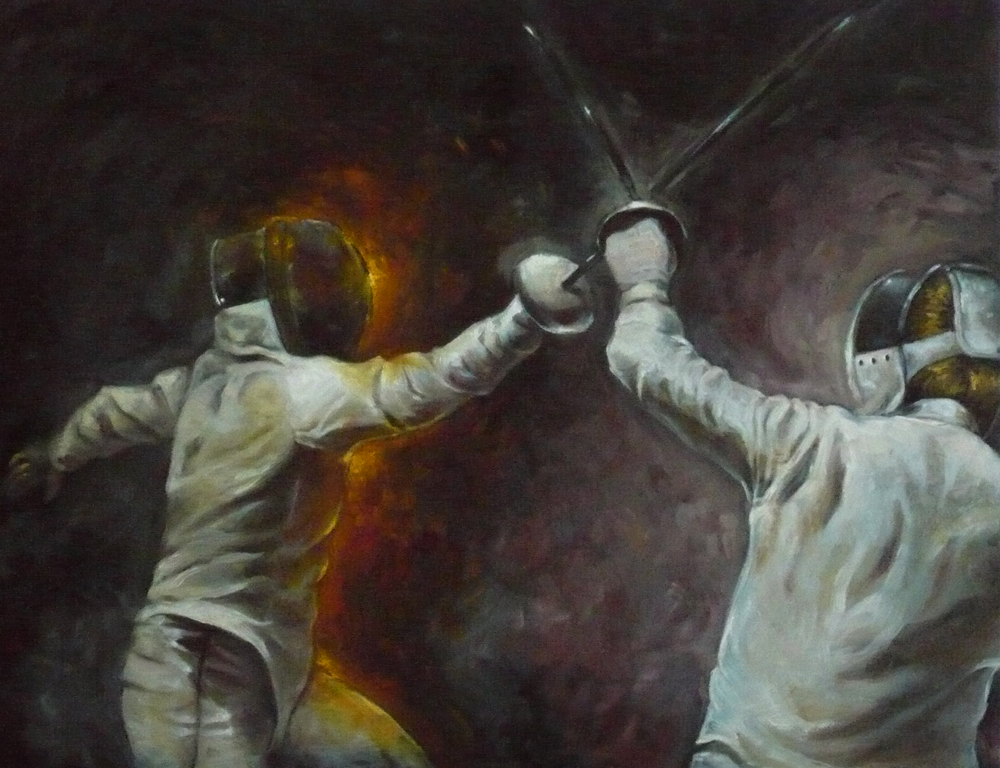Smirnov won the gold medal in individual men's foil at the 1980 Summer Olympics. He won the World Championships the following year.
During the 1982 World Championships in Rome, Smirnov was fencing Matthias Behr of West Germany on July 19. Behr's blade broke during the action. The broken blade went through the mesh of Smirnov's mask, through his eye orbit, and into his brain. Smirnov died nine days later
Smirnov's accident was the driving force behind the significant improvement of safety gear in fencing. Maraging steel blades (instead of the carbon steel ones of the day), kevlar (or other ballistic nylon) in the uniforms, and masks two to three times stronger than the one he wore, and other safety rules, all came about because of his death.
Vladimir scream when he just won fencing game at Olympic
When his coach helped him and brought him to Hospital








